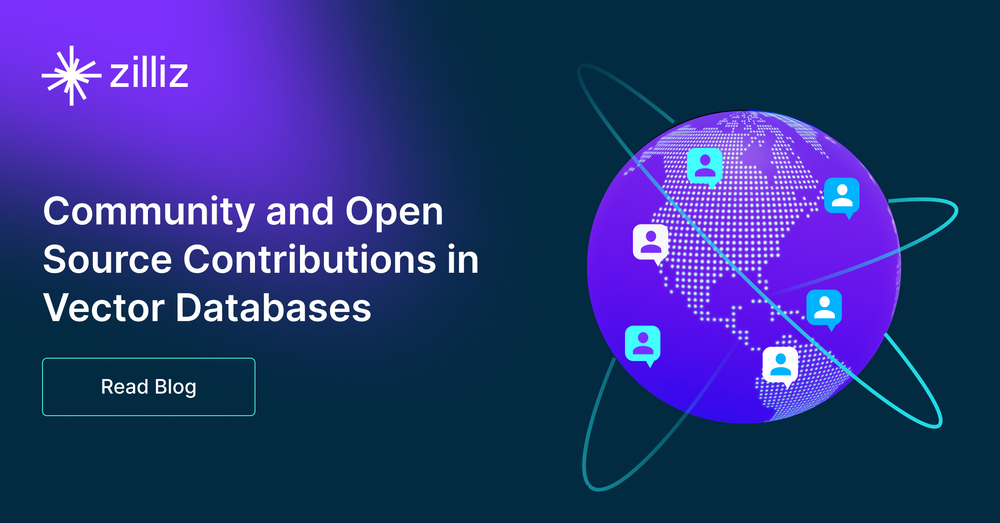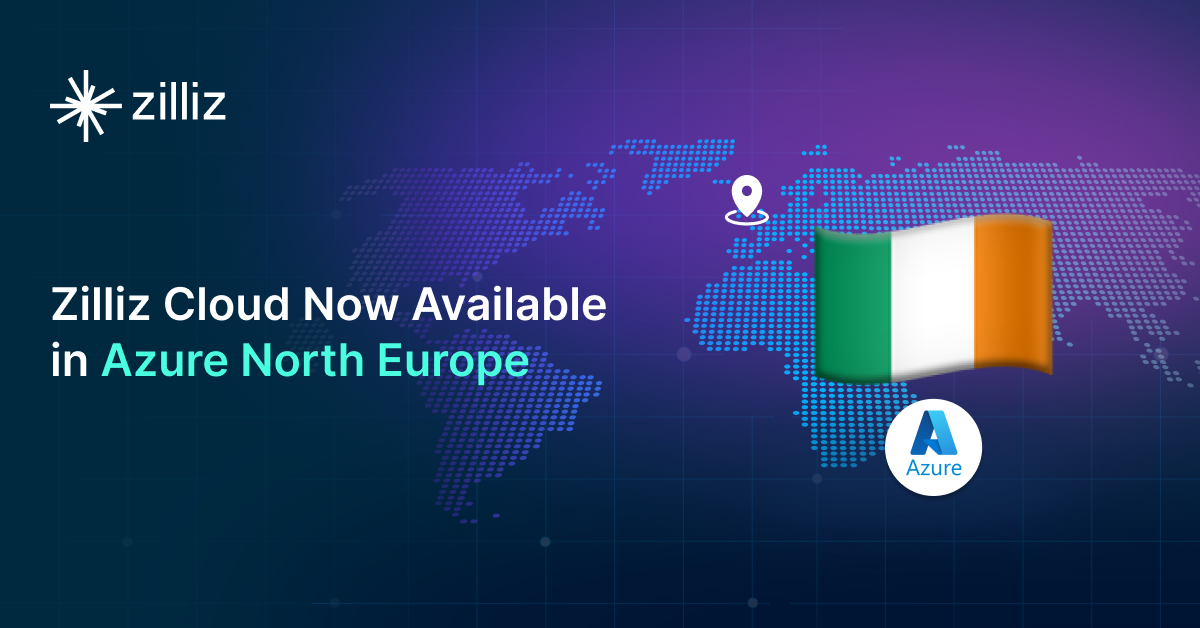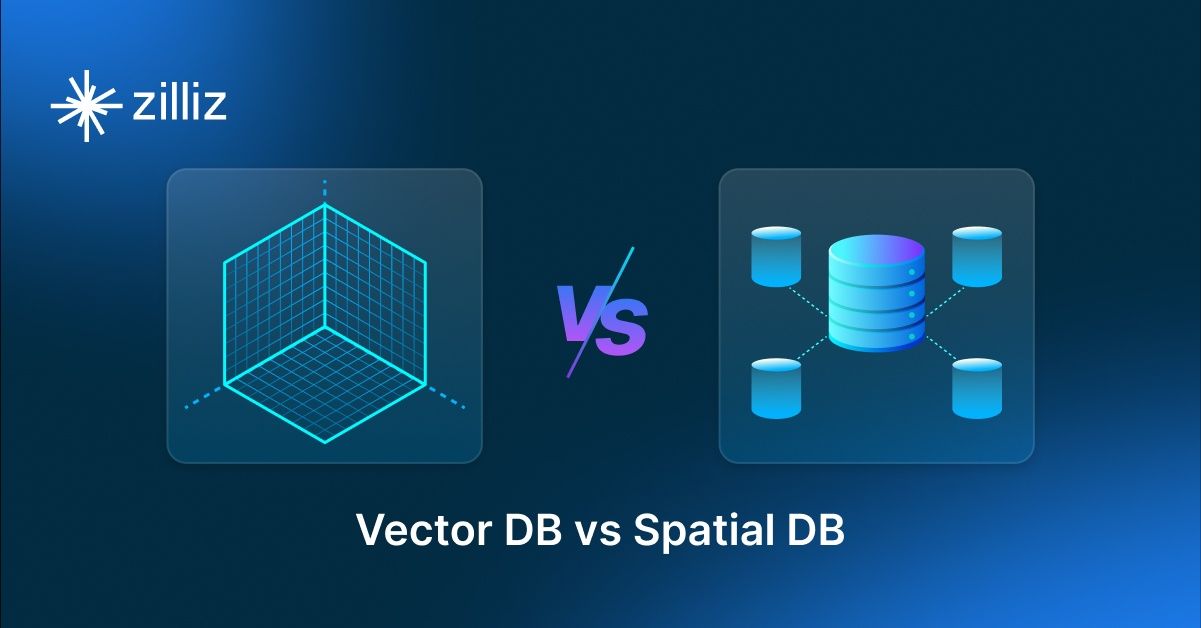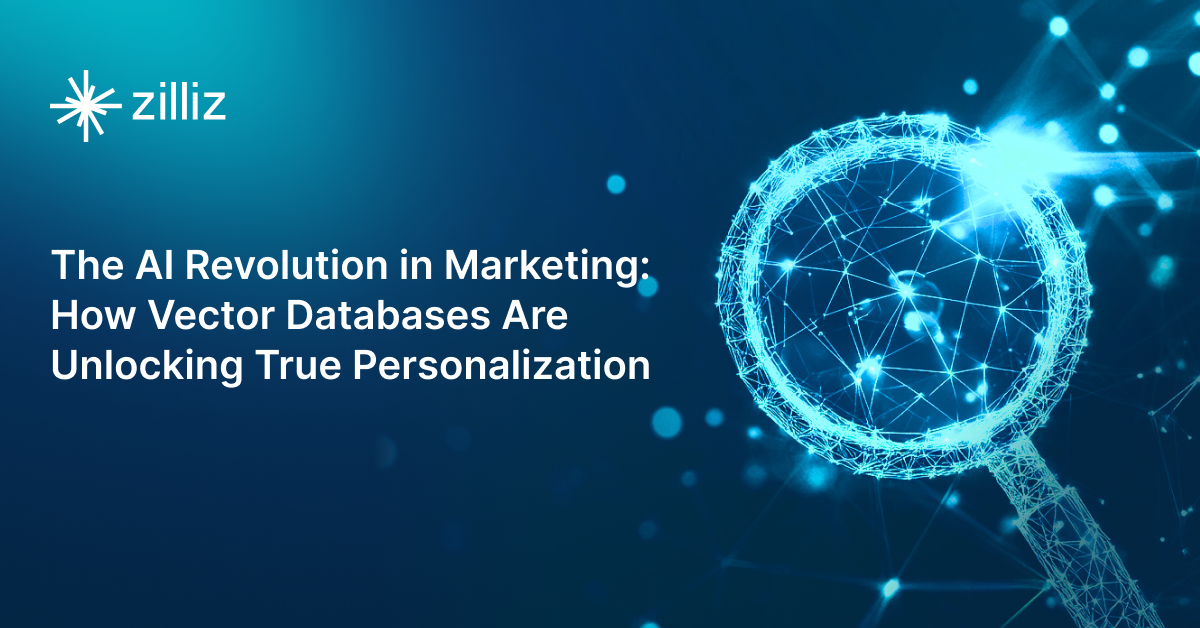Community and Open Source Contributions in Vector Databases

Introduction
Vector databases are designed to store and manage vector embeddings, which are high-dimensional data points representing complex data.
Vector databases really come into their own when dealing with unstructured data—think of image recognition, natural language processing, or recommendation systems. Traditional databases struggle with this because they're not built to handle the complexities of high-dimensional data efficiently.
What's particularly exciting is the collective effort to push the boundaries. The open-source nature of many vector database projects means that anyone can contribute, from a university student to developers in big tech companies. This democratizes innovation, making it faster and more diverse.
The Value of Open Source in Vector Databases
The open-source model pushes the boundaries of development in several ways. It is like combining your brain with people from different backgrounds, sparking innovation and diversity. When you have a diverse group of people, you are bound to stumble upon innovative solutions and ideas that a closed team might not.
Transparency is another important one. Everything from the core algorithms to bugs is out in the open. This means that developers and organizations can know exactly what they are using. It also means that any claims can be verified easily.
Accessibility is where open source shines. Everyone, from researchers to startups to hobbyists, can have access to cutting-edge technology without having to pay a hefty price or subscribe to any contracts. This allows a wider range of projects and innovations, contributing to the ecosystem’s overall growth.
Finally, because everyone can look out for potential vulnerabilities or areas of improvement, it leads to a more secure and resilient vector database. It is not only about building a better solution; it’s about fostering a community that is pushing the boundaries of what is possible in the world of AI and machine learning.
Fostering a Vibrant Community
Collaboration is key to any open-source project. Encouraging people to work together, share ideas, and solve problems as a team leads to innovative solutions and more robust software.
Knowledge sharing is another one. It's all about creating a culture where everyone, from beginners to more experienced people, feels comfortable sharing insights, learnings, and mistakes. This could be through detailed documentation, tutorial videos, or regular tech talks.
Inclusive participation is crucial. The community should welcome contributors from all backgrounds and skill levels. This means reaching out to underrepresented groups in tech, providing resources for beginners, and ensuring the community is a welcoming space for everyone.
Community resources play a massive role in this ecosystem. Well-maintained documentation is like gold dust; it can help newcomers get started and be a reference for experienced contributors. Chat channels offer spaces for real-time advice, while events like hackathons, meetups, and conferences can foster a sense of community and spark collaboration.
In essence, building a vibrant community around vector databases involves creating a culture of collaboration, knowledge sharing, and inclusivity. By investing in community resources and ensuring everyone feels welcome and valued, the ecosystem can thrive, driving innovation and making vector databases better for everyone.
Contributing to Open Source Vector Databases
If you are interested in contributing to an open-source vector database, here is some practical advice to get you started:
Find contribution opportunities:
- If you already use a vector database, it's the perfect place to start. You might have encountered some problems with it while you were using it, or the documentation might not have been clear; you could improve those in the first place.
- Most projects will have a list of issues. These often include 'good first issues' tagged specifically for newcomers.
- Some projects publish their roadmaps, showing future features and improvements. This can give you an idea of where your skills might be needed.
Engage with the community:
- Be it on forums or chat platforms, join in. It's a great way to get to know the community, understand ongoing discussions, and find out where you can help.
- Be open to feedback, be respectful in discussions, and remember that every contribution counts, no matter how small.
Remember, contributing to open-source is not just about adding code. It's about being part of a community collectively pushing technology forward.
Success Stories and Impact
Open-source contributions and active community engagement have sparked some remarkable success stories.
One example is the enhancement of scalability and performance in several vector databases. Contributors identified bottlenecks in data indexing and retrieval processes, leading to better algorithms development. These contributions allowed the databases to handle larger datasets more effectively, broadening their applicability to more complex tasks.
Community engagement has also played a crucial role in enhancing the usability and accessibility of vector databases. Contributions in the form of comprehensive documentation and SDKs in various programming languages have lowered the barrier to entry.
Challenges and Solutions
While benefiting from innovation and collaboration, open-source vector database projects face their own challenges.
With folks from all over the world contributing, the volume and variety of contributions can be overwhelming. It's essential to have a robust system in place for tracking, reviewing, and integrating these contributions. Moreover, clear contribution guidelines can help maintain order and productivity.
Balancing a community's diverse interests and visions can lead to conflicts regarding the project's direction. Transparent processes for making significant decisions can help here. This includes RFCs (Requests for Comments) for major changes, and clear communication channels for feedback and discussion.
Conclusion
The journey through the open-source landscape reveals an exhilarating truth: the shared intelligence of communities and open-source contributions is paving the way for their future.
The open-source model has proven to be a powerhouse of innovation, breaking down barriers and democratizing access to cutting-edge technology. It enables developers, regardless of their affiliation or background, to contribute to advancing vector databases, ensuring these tools are more robust, efficient, and versatile. For organizations, this means access to a rapidly evolving technology that's tested and enriched by a diverse community, offering cost-effective solutions and at the forefront of innovation.
The call to action is clear: whether you're a developer, a data scientist, a tech enthusiast, or someone who's simply curious about the future of technology, there's a place for you in the open-source vector database community. Your unique perspective, skills, and passion can help.
- Introduction
- The Value of Open Source in Vector Databases
- Fostering a Vibrant Community
- Contributing to Open Source Vector Databases
- Success Stories and Impact
- Challenges and Solutions
- Conclusion
Content
Start Free, Scale Easily
Try the fully-managed vector database built for your GenAI applications.
Try Zilliz Cloud for FreeKeep Reading

Zilliz Cloud Now Available in Azure North Europe: Bringing AI-Powered Vector Search Closer to European Customers
The addition of the Azure North Europe (Ireland) region further expands our global footprint to better serve our European customers.

Vector Databases vs. Spatial Databases
Use a vector database for AI-powered similarity search; use a spatial database for geographic and geometric data analysis and querying.

The AI Revolution in Marketing: How Vector Databases Are Unlocking True Personalization
Explore how vector databases and AI are transforming marketing platforms, enabling real-time personalization and predictive analytics while balancing automation with creativity.
